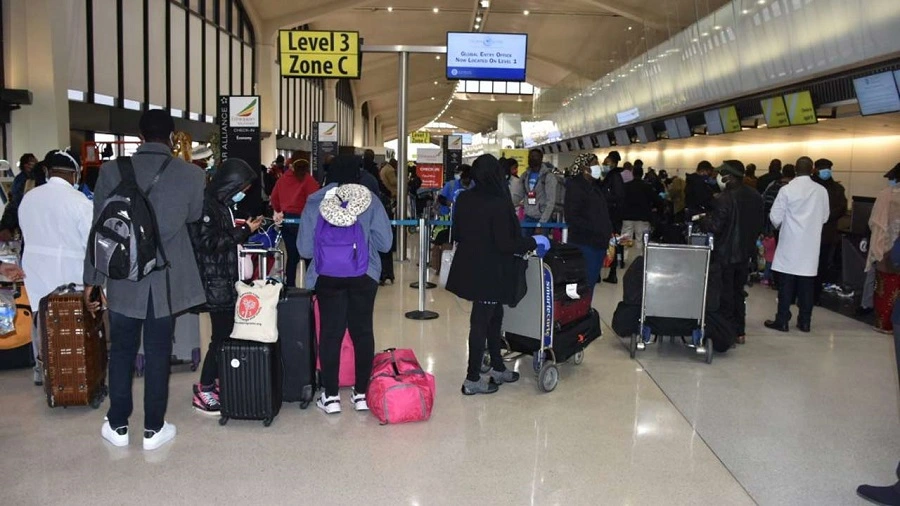Japa: What you should know about Canada’s new immigration policy
The government of Canada has unveiled its plan to welcome 1,450,000 migrants between 2023 and 2025 to tackle the problem of labour shortage. Canada’s minister of immigration, refugees and citizenship, Sean Fraser, released the 2023-2025 immigration plan, tagged “Immigration Levels Plan” recently. El-Rufai orders principals to refund nominal fees to students Before the resumption of […]

The government of Canada has unveiled its plan to welcome 1,450,000 migrants between 2023 and 2025 to tackle the problem of labour shortage.
Canada’s minister of immigration, refugees and citizenship, Sean Fraser, released the 2023-2025 immigration plan, tagged “Immigration Levels Plan” recently.
- El-Rufai orders principals to refund nominal fees to students
- Before the resumption of Abuja-Kaduna train service
In 2021, Canada welcomed over 405,000 newcomers, the most in a single year.
Canada ranks top among countries Nigerians migrate to for education and employment opportunities.
If you are planning to migrate to Canada as a Nigerian, here is what you need to know about Canada’s 2023–2025 Immigration Levels Plan:
1. The Canadian government hopes to bring in 465,000 permanent residents in 2023; 485,000 in 2024; and 500,000 in 2025.
2. The country’s plan embraces immigration as a strategy to help businesses find workers and to attract the skills required in key sectors.
3. There are labour market shortages which are causing uncertainty for businesses and workers.
4. Canada will use new features in the Express Entry system to welcome newcomers with the required skills and qualifications in sectors facing acute labour shortages such as, health care, manufacturing, building trades and STEM (Science, Technology, Engineering and Math).
5. The immigration plan is expected to manage the social and economic challenges Canada will face in the decades ahead.
6. By the third year of the immigration plan, 60 per cent of new immigrants will be admitted under economic immigration categories.
7. The plan also aims to attract newcomers to different regions of the country, including small towns and rural communities.
8. Immigration accounts for almost 100 per cent of Canada’s labour force growth, and, by 2032, it’s projected to account for 100 per cent of Canada’s population growth.
9. Canada’s ageing population means that the worker-to-retiree ratio is expected to shift from 7 to 1 to 2 to 1 by 2035.
10. The levels plan takes into account extensive engagement with provincial and territorial representatives, as well as public opinion research and stakeholder consultations.
11. There will be an increase in regional programmes to address targeted local labour market needs, through the Provincial Nominee Programme, the Atlantic Immigration Programme, and the Rural and Northern Immigration Pilot.
12. The plan will focus on reuniting more families faster.
13. The plan will ensure that at least 4.4 per cent of new permanent residents outside Quebec are Francophone.
